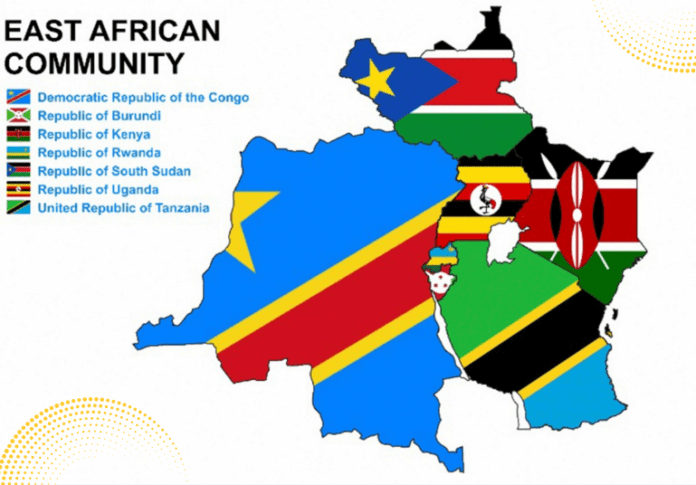The East African Community (EAC) economies grew slower in 2022 by an average of 2.4 percent from an average growth of 6.9 percent in 2021.
The moderation is on account of depressed agricultural output, constrained fiscal space on account of rising public debt and lower revenues, inflationary risks, and monetary policy tightening to curb rising prices.
The region’s growth is projected at an average of 5.1 percent in 2023, supported by rebound in Agriculture, global economic recovery, easing inflationary pressures, and improved financial conditions.
The banking sector in the EAC region remains resilient to credit and interest rate shocks due to sufficient capital and liquidity buffers built over time through retained earnings. In addition, regulators have implemented a wide range of regulatory measures to ensure the sector is well-prepared to weather emerging risks. However, strains on household income as a result of high inflation due to supply disruptions of energy, food, and fertilizer attributed to the Russia – Ukraine War continue to weigh in on credit risk for banks. The NPLs ratios for Rwanda, Uganda, Kenya, Burundi, and South Sudan have risen significantly.





